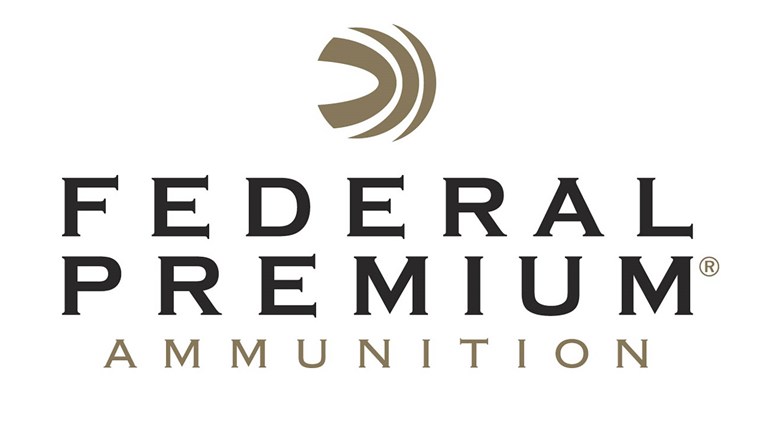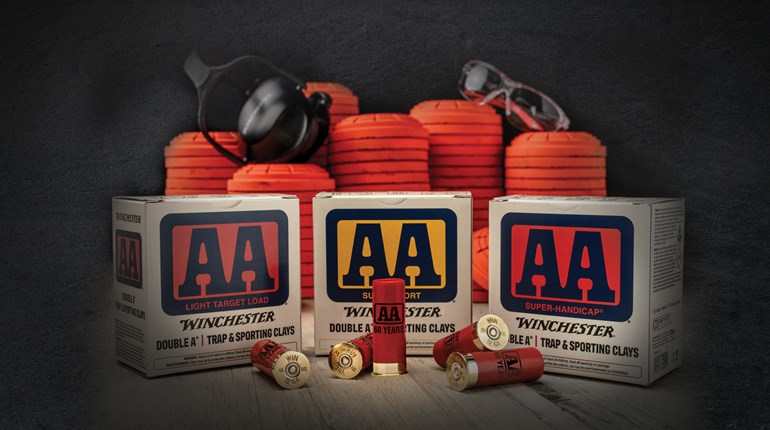
From the very first day non-toxic steel shot was mandated, the quest has been to increase its lethality. Sixty percent as dense as lead, steel shot runs out of steam faster, so banned lead shot remained the standard for lethality comparisons-until tungsten-blended pellets came along. Tungsten-based ammunition delivers lead-like lethality, but it also delivers severe sticker shock.
Federal Cartridge Co. makes a couple of these tungsten-laced pellets, and they work and sell well. However, the shotshell people up in Anoka, Minn., felt they could engineer and manufacture a more lethal steel pellet that would also provide cost savings to waterfowlers. The resulting load is Federal's Black Cloud FS Steel.
Black Cloud was hatched in Federal's engineering department where two new components unique to this load were developed. First is Black Cloud's Flightstopper pellet that employs a sharp circumferential belt. Perhaps this was an extension of the belt found on Federal's Ultra-Shok High Density pellets. The Ultra-Shok pellet has a similar, but broader belt. When it was introduced, Federal's engineers said they experimented with rounding off the belt or leaving it. When tested, however, it was found to inflict heavier damage on both ballistic gelatin and necropsied gamebirds. The belt on Black Cloud pellets is an even more pronounced and sharper extension of those findings. The banded Flightstopper pellet is slightly larger than the standard zinc-plated steel shot that accompanies it in each shell; for example, a No. 2 pellet from the same shell weighs 3.5 grains, while the Flightstopper pellet weighs 3.9 grains. The pellets are stacked with the Flightstoppers at the rear and the steel pellets on the top of the shot charge, in a ratio of 40 percent Flightstoppers and 60 percent premium zinc-plated steel.
The other unique component is Federal's FlightControl wad. The shot is contained in a cylindrical tube without the usual slits and petals. Cut into the sides of the tube are three-sided, air-catching vents that open when the shot charge exits the muzzle. Coupled with these side brakes are the petals of the gas seal on the bottom. Upon exiting, they expand like the feathers of a shuttlecock, further slowing the wad. When both of these braking devices are considered, it would seem that they'd cause the wad to slow dramatically, but on the patterning range, virtually 100 percent of the Flightcontrol wads flew a full 40 yards, the majority actually striking the pattern board. The design of this wad is intended to retain the shot longer for tighter downrange patterns. Rick Stoeckel, Federal's hunting-ammunition man, said, "The Flightcontrol wad is designed to separate from the shot column at about 12 yards from the muzzle." Still, it carries about twice as far as conventional wads because it is heavier.
I tested Black Cloud both on the patterning board and on ducks and geese with Smoke'M Outfitters in Archerwill, Saskatchewan. Over three days I shot both ducks and geese at varying ranges, from in-your-face to long 40-yard shots on passing birds exclusively with Black Cloud using Franchi I-12 shotguns. There are those who would call the long shots "60-yarders," but when actually measured, 40 yards is a long shot. To be frank, Black Cloud is not a long-range load. It is loaded with steel shot, and steel shot begins running out of energy at 50 yards. If we go on the assumption that steel shot must have a velocity of 600 fps to be lethal, then No. 2 steel is all but spent by 55 yards while BBs last to 65 yards-both are long shots.
There are two interesting aspects of Black Cloud that became apparent. First, it does seem to be more lethal than conventional steel shot. The majority of the ducks and geese shot came down dead, and even when anchoring wounded birds, one additional shot was usually all that was necessary. Secondly, Black Cloud responds very well to choke.
Using a Beretta 391 Xtrema2 with its Optima-Choke tubes, I found that Black Cloud patterns like standard steel shot, but for shots over 40 yards, modified choke upped pattern density. Using IC for shots at 30 yards provided excellent patterns, and skeet is preferable when closer. I recommend hunters choose a choke to fit the situation.
From greatly increasing velocities, to new wad technology and other advances like Black Cloud, ammo companies have strived to make non-toxic loads more lethal. Although it has the same range limitations as standard steel shot, Black Cloud breaks new ground with a higher level of lethality at an affordable price.
Specs:
800-322-2342 ■ www.federalpremium.com
Type: non-toxic shotshell
Gauge: 10, 12, 20
Lengths Available: 23/4" (12-ga.); 3" (12-ga., 20-ga.); 3½" (10-ga., 12-ga.)
Shot Sizes Available: BBB, BB, 2, 3, 4,
Shot Material/Density: steel shot w/Flightstopper pellet/7.8g/cc
Shot Charge Weights (ozs.): 1, 11/4, 11/2, 15/8
Advertised MV: 1450 fps (12-ga., 3" No. 2)
MSRP per box of 25: $16.99-$19.99

































